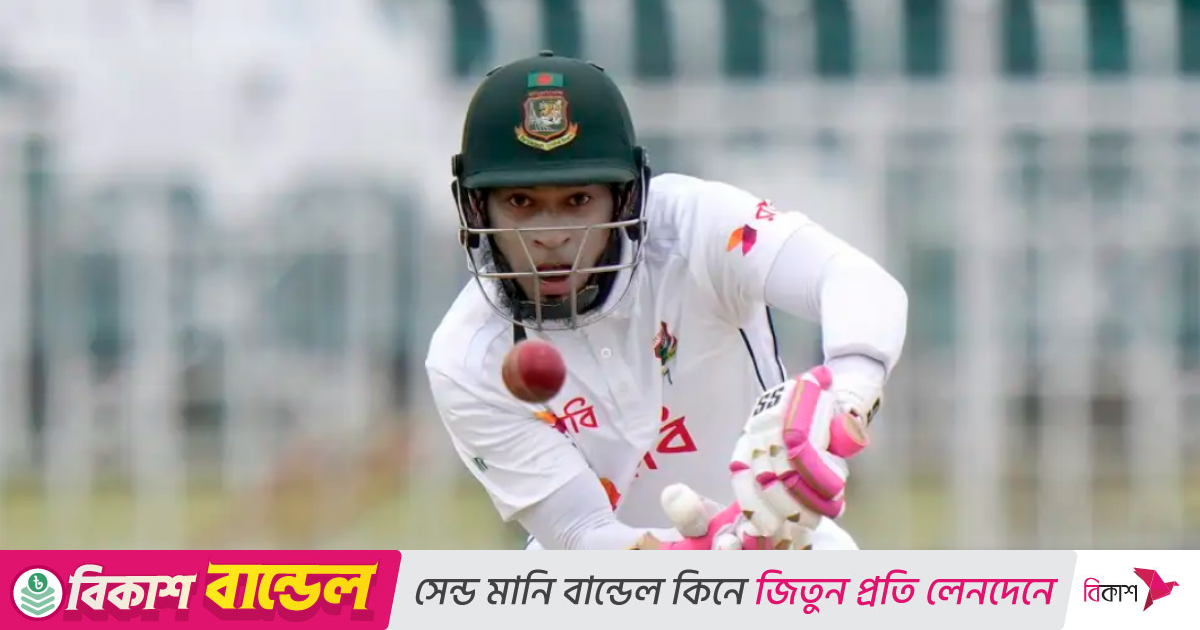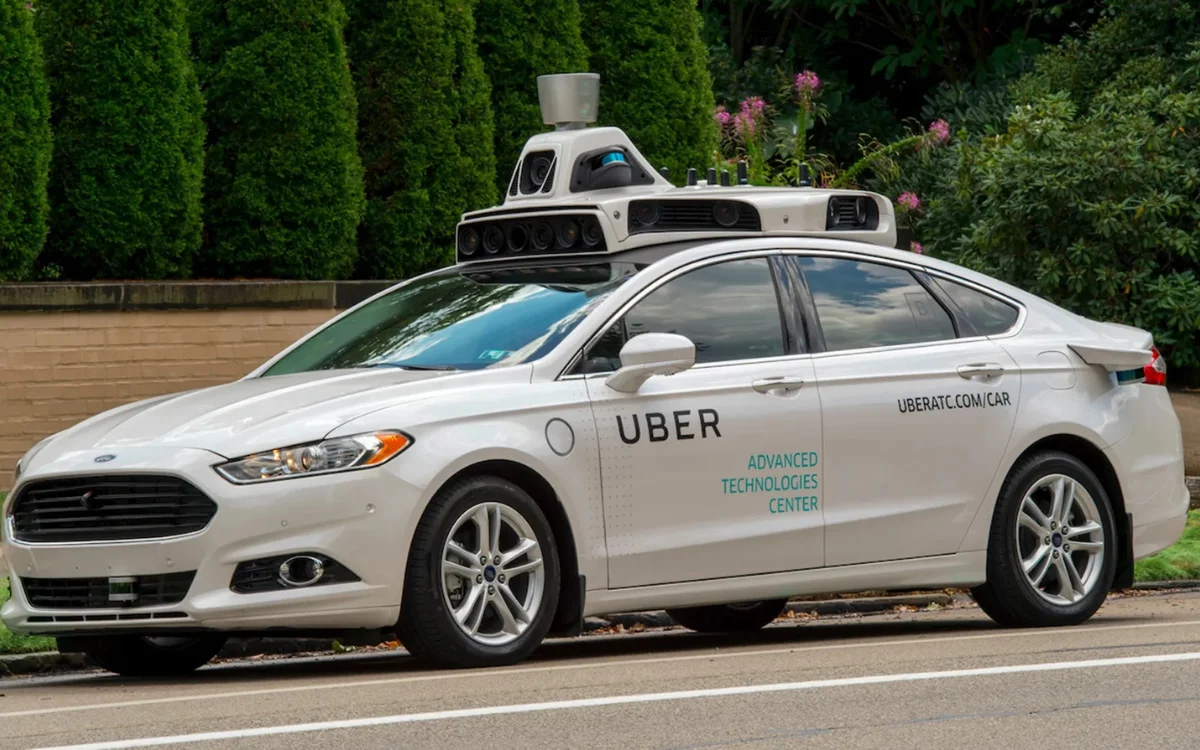Bitcoin Is Physical: Bits And Bytes Have To Live Somewhere
Even digital pieces of data cannot exist without having a physical presence in computer memory somewhere.

Sound money is money that is not prone to sudden debasement. The conversation surrounding sound money has reached a critical point, given the present uncertainties in the global financial landscape.
The spiraling debt of sovereign nations have heightened concerns about currency debasement. In contrast to fiat, which can be created out of thin air, sound money is linked to tangibility: it is something you can touch, weigh, and stow away. There's a growing chorus of people convinced that gold is the sole antidote to the hyperinflationary threat to fiat money.
The question of whether Bitcoin is sound money has long provoked debates among economists, investors, and financial pundits. Bitcoin, being an intangible digital asset, is often dismissed by sound money advocates because it doesn't offer the same physical assurances that gold does. You can’t hold bitcoin in your hand, so how could it be sound money?
Advocates for Bitcoin as sound money often respond that, although bitcoin is not physical, it is “backed by mathematics.” But this misses the mark. Although it is true, this argument often fails to persuade the skeptics because mathematics lack a physical basis.
In fact, Bitcoin is literally physical, just like gold is. Being able to explain this to sound money advocates who are Bitcoin skeptics is a key challenge for Bitcoin educators today. Let’s explore some of the ways Bitcoin is physical so that we might make a stronger case to gold enthusiasts as to why Bitcoin is sound money.
The blockchain is physical
To explain the ways in which Bitcoin is physical, we need to delve into technical territory, starting with how flash memory works.
Flash memory, a type of non-volatile storage medium for data, is the most common way that the Bitcoin ledger is recorded in each Bitcoin node. Flash memory is “non-volatile,” which means that the data stored inside it will remain intact, even without a supply of electricity.
At the microscopic level, flash memory is made up of an array of memory cells, each constructed from a MOSFETs (Metal-Oxide-Semiconductor Field-Effect Transistor). These transistors are tiny switches that have a floating gate that traps or releases electrons. The presence or absence of electrons on this floating gate translates into binary code, which in turn represents data.
When you hold Bitcoin, your ownership record is literally a configuration of physical gates in a MOSFET inside a flash memory chip. Every Bitcoin transaction that ever happened is recorded in the physical states of transistors inside Bitcoin nodes scattered around the globe.
Now, flash memory might not weigh as much as a gold bar, but it is undeniably physical. With a powerful microscope, you could even take a look and see the states of those gates inside flash memory chips with your own eyes.
Private keys are physical
Let’s turn to private keys, which are alphanumeric codes that grant control over some amount of Bitcoin. Whether etched onto a metal plate or stored in a secure chip, your private key is as physically real as a chunk of gold.
If you store your private key in the form of a seed phrase that is either written on paper or etched into metal plates, as many do, then its physicality is obvious. However, while it may be tempting to assume that a seed phrase stored in this way is just a physical representation of something that is non-physical, that’s not quite right.
Hardware wallets are widely considered the best way for individuals to ensure security of their private keys. A hardware wallet typically contains a secure element, a chip that securely stores a private key. The secure element heightens security because it is designed to withstand attempts at physical tampering and unauthorized access.
The secure element inside a hardware wallet does indeed store a private key physically in flash memory in the form of electrical states of transistors. Remember, each transistor is a switch with states that can either be on or off. The private key, therefore, is a specific sequence of these states.
Even the private key stored in a hot wallet on a phone must exist physically in the phone’s non-volatile memory.
Bitcoin’s physicality means that it can survive catastrophes
One of the arguments that people who believe gold to be a superior form of sound money to Bitcoin is that Bitcoin relies on electricity and computers. They argue that, if a civilizational collapse were to occur that would disrupt electricity for an extended period of time, or even permanently, then Bitcoin would be useless. However, this view is mistaken. Bitcoin’s physicality allows it to survive almost any catastrophe. A famous moment from Hollywood will help illustrate the point.
The 1999 movie Fight Club famously ends with the destruction of all consumer debt. In the final scene, we watch the anti-heroes look out the windows of a skyscraper, gazing upon collapsing buildings. We are told that these buildings contained all records of consumer debt. With the buildings destroyed, the debt is wiped out, and “financial equilibrium” is restored.
Although it makes for a thought provoking ending, audiences watching the movie had trouble suspending disbelief in this scene. Are we really supposed to believe that all records of consumer debt are held in a few buildings? Even dozens of buildings? Intuitively, we would assume that there must be copies of these records spread all over the world, in various cities, computers, and files. Even if most of these records were destroyed, although recovery may be slow, copies would eventually be located and the pre-existing state of credit and debt would be restored.
The Bitcoin blockchain is much more robust even than records of consumer debt. The Bitcoin ledger doesn't exist in a single location or even a handful of locations; it's replicated across thousands of nodes worldwide, at almost every imaginable longitude and latitude. Each node holds a physical copy of the ledger in its flash memory, and collectively, all of the Bitcoin nodes serve as an absurdly redundant global backup system. They all talk to each other and confirm that their physical states are identical to each other.
In fact, planet Earth is continuously bathed in the Bitcoin blockchain by satellites that broadcast it 24 hours a day. Even if internet connectivity were disrupted for an extended period in some locations, those locations could stay in sync with the Bitcoin network using an inexpensive radio dish.
In the wake of any catastrophic event that might disrupt infrastructure, one of the primary objectives for recovery would be the restoration of power and communication networks. As history has shown, recovering societies prioritize reestablishing these utilities as a foundation for rebuilding. Once power and internet connectivity are restored, so too is the Bitcoin network. All the physical copies of the ledger, stored in flash memory across decentralized nodes worldwide, and even in space, would be there to ensure the continuity and integrity of the system.
This decentralization makes it extremely unlikely that any catastrophe — be it an electromagnetic pulse (EMP), nuclear detonation, or even a meteor strike — could wipe out all of the physical copies of the ledger.
Of course, there is always the possibility of a catastrophe so intense as to trigger a planet-wide extinction-level event. In that case, the human species will have bigger problems to contend with than which form of money to use, and will be no better off with gold than with Bitcoin.
If more people knew bitcoin is physical, more people would adopt it
Why is it vital to spread understanding about Bitcoin being physical?
In an age where financial systems are becoming increasingly abstract and detached from the tangible, people crave the security of something concrete. That's why many resort to gold, real estate, and other physical assets.
The argument that Bitcoin can't serve as sound money because it lacks the tangibility of gold is a misunderstanding of how Bitcoin technology works. Bitcoin is not an abstract, ephemeral digital construct. It is a form of sound money that has physical existence.
Understanding Bitcoin’s physicality can remove a significant mental block for many potential users. This would allow them to benefit from including Bitcoin in their own financial arsenal, as well as improving the resilience of the Bitcoin network itself through the introduction of a sizable cohort of committed sound money proponents.
This is a guest post by Dave Birnbaum. Opinions expressed are entirely their own and do not necessarily reflect those of BTC Inc or Bitcoin Magazine.
What's Your Reaction?



































.jpg?#)


